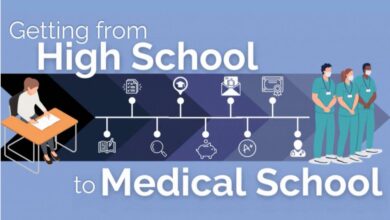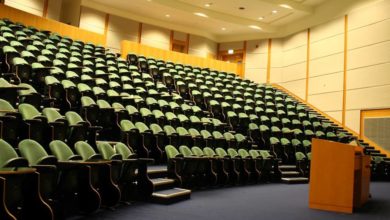Once a primary application is submitted, there is generally some time before that AMCAS application is verified and sent out to your list of schools. Depending on when you submit your primary application, the waiting time can vary anywhere between 2 days to 5 weeks. This time does not need to be wasted time. Once you’re verified, and schools have received your primary application, you will likely get several secondary applications from some schools automatically, while most others will trickle in within the next few weeks, which affords you the opportunity to prewrite secondary applications.
||Read our answers to Secondary Application FAQs!||
The sheer number of secondary applications can be overwhelming. So much time and effort goes into developing powerful writing for the primary application that when you’re faced with 20-30 additional small essays to write, it can be a bit much. Consequently, some applicants let their diligence waver and quickly submit subpar secondary essays. This is ill advised. You must realize that other applicants are taking time on their secondary applications, developing strong statements, and ensuring appropriate grammar. They are not taking any aspect of the application process for granted, and neither should you. The application process is expensive and takes considerable effort, therefore there is never a time throughout the entire process that you should let the quality of your application waver; you’ve simply worked too hard to let it crumble at the secondaries.
||Read about PDr’s Practical Advice for the Secondary Application||
Should I prewrite secondary applications?
Absolutely. One way to keep yourself from being overwhelmed by the secondary applications is to prewrite secondary responses for the schools that likely view you as a strong candidate. The prompts for the past year, and sometimes even the current year, can usually be found posted somewhere on the internet, and many are on our website. This allows you to space out your writing and maintain a consistent level of preparation so that you do not end up feeling pressed for time when you get several secondaries at once. Even if it is not specified by the school, you should submit secondary applications within 2 weeks from the time you receive them. If you have already prewritten the secondary for a particular school, your turnaround can be within 2 days instead of 2 weeks!
Do the secondaries change?
Some do, but enough stay the same to make prewriting incredibly useful. Of the 27 secondaries I filled out, 20 had prompts identical to the prior year.
What if I write a response for a secondary that I do not receive or that have different questions?
Dont’ worry, your writing is likely still very useful! There is a large overlap of content between most of the secondaries, so writing for one may be a small adaptation away from being used in a different secondary essay. For example, one of the most common secondary questions is about the diversity you bring to a medical school (or some general statement on diversity). Many schools ask this question, but may differ slightly in focus or character count. If you write a great core essay defining and distinguishing your diversity, you can simply modify it to suit the needs of multiple secondary applications. Quality is very important on secondaries, so if you generate strong content, use it in as many secondaries as you can.
||Read here for more on writing about Diversity in Secondary Medical Applications||
For more information on how to approach secondary applications, please follow the links throughout the article. Keep your work consistent, plan diligently, and as always, best wishes to all of our prospective doctors in the throes of the application season!



